Product Overview
Oxandrolone Tablets are a compounded oral formulation containing the synthetic anabolic-androgenic steroid oxandrolone, prescribed to promote weight gain after severe trauma, chronic infection, or extensive surgery, and to help rebuild lean tissue in catabolic states such as major burns and prolonged corticosteroid therapy.
Because these tablets are prepared to order rather than mass-produced, the pharmacist can supply precise strengths-3.5 mg, 6 mg, 11.5 mg, 23.5 mg, 36.5 mg, and 48.5 mg-so that clinicians can individualize dosing for each patient’s metabolic needs and tolerance.
Oxandrolone’s structural relationship to dihydrotestosterone potentially gives it a markedly higher anabolic-to-androgenic ratio than testosterone, providing tissue-building benefits while reducing virilizing effects.
The medication is classified as a Schedule III controlled substance, underscoring its potential for misuse and the requirement for careful monitoring. Available by prescription from a 503A compounding pharmacy.[1]
Therapy is individualized. Adults commonly receive 5 to 10 mg of oxandrolone daily in 2-4 divided doses for 2-4 weeks, with a maximum of 20 mg/day in select catabolic states. Treatment courses are often cyclic, allowing intervals off drug to limit hepatic stress and enable endocrine recovery.
Pediatric use (e.g., in Turner syndrome or constitutional growth delay) is limited to 0.1 mg/kg/day, not to exceed 0.045 mg per pound of body weight. All dosing decisions take advantage of the customized strengths available from the compounding pharmacy, enabling precise titration.
Patients should take tablets consistently with or without food and avoid doubling if a scheduled dose is missed; instead, resume the regular regimen at the next interval.
Periodic assessment of weight, liver enzymes, lipids, hormone panels, and, in children, bone age is mandatory to guide ongoing dosing.[7]
Oxandrolone binds cytosolic androgen receptors in skeletal muscle and osteoblasts, triggering transcription of genes that drive protein synthesis, nitrogen retention, and cellular proliferation.
The 17α-alkyl modification protects the molecule from first-pass hepatic metabolism, ensuring high oral bioavailability, yet also confers dose-dependent hepatotoxic potential.
Unlike aromatizable androgens, oxandrolone cannot be converted to estradiol, so clinically important estrogenic sequelae such as gynecomastia and fluid retention are far less common.
Pre-clinical work further shows that oxandrolone attenuates glucocorticoid signaling through androgen-receptor-dependent antagonism of cortisol-mediated catabolic pathways, an effect believed to help conserve lean tissue during severe stress.[2]
Oxandrolone is contraindicated in individuals with known or suspected carcinoma of the prostate or male breast cancer because exogenous androgens can accelerate neoplastic growth in androgen-responsive tissue.
Women with breast cancer and hypercalcemia must avoid oxandrolone, as anabolic-induced osteolysis may further elevate serum calcium.
The drug should not be prescribed during pregnancy-animal studies reveal virilization and fetal loss-and therapy must cease immediately if conception occurs.
Additional absolute contraindications include nephrosis, the nephrotic phase of nephritis, and hypersensitivity to oxandrolone or any tablet excipient.
Careful risk-benefit assessment is essential in patients with significant hepatic dysfunction, uncontrolled dyslipidemia, congestive heart failure, or severe renal impairment, conditions in which anabolic steroids may exacerbate edema, lipid abnormalities, or organ stress.[3]
Clinically consequential interactions center on hepatic enzyme modulation and additive physiologic effects. Oxandrolone markedly potentiates coumarin anticoagulants such as warfarin, often necessitating a 50-80 percent dose reduction to maintain the same INR; frequent coagulation monitoring is mandatory at initiation or discontinuation.
The drug may enhance hypoglycemic agents by slowing their clearance, heightening the risk of symptomatic hypoglycemia in insulin- or sulfonylurea-treated patients.
Concomitant use with systemic corticosteroids, ACTH, or hepatotoxic medications increases the likelihood of fluid retention and hepatic strain.
Laboratory artifacts include reduced thyroxine-binding globulin and consequent decreases in total T₄, changes that should not be mistaken for thyroid disease.[4]
Adverse reactions span endocrine, hepatic, metabolic, and dermatologic domains. In females, virilization-manifesting as deepened voice, hirsutism, acne, menstrual irregularity, or clitoral hypertrophy-can occur even at therapeutic doses; early discontinuation may avert permanence.
Males may experience testicular atrophy, oligospermia, infertility, libido fluctuation, and, less commonly, gynecomastia.
Because oxandrolone is 17α-alkylated, prolonged courses raise the risk of cholestatic hepatitis, jaundice, peliosis hepatis, or hepatic adenomas that can progress to carcinoma. Routine monitoring of transaminases and bilirubin is therefore indispensable.
Metabolic effects include reductions in HDL-C, elevations in LDL-C, and diminished glucose tolerance, all of which increase cardiovascular risk. Fluid retention and edema may exacerbate hypertension or heart failure.
Psychiatric sequelae-irritability, insomnia, or mood swings-and dermatologic issues such as oily skin and accelerated male-pattern alopecia have also been reported.[5]
Oxandrolone is assigned Pregnancy Category X: risks clearly outweigh potential benefits. Exposure during gestation can masculinize a female fetus and disrupt normal endocrine development.
There are insufficient data on excretion into human milk but given the potential for serious adverse reactions in nursing infants, breastfeeding is not recommended while on therapy.
Women of child-bearing potential must employ reliable contraception throughout treatment and should undergo pregnancy testing prior to initiation.
If pregnancy occurs, oxandrolone must be discontinued immediately, and the patient should receive obstetric consultation regarding fetal risks.[6]
Store Oxandrolone Tablets in a tightly closed container at controlled room temperature 20-25 °C (68-77 °F), sheltered from excess heat, humidity, and direct light.
Because these are patient-specific compounded preparations, observe the beyond-use date printed on the pharmacy label and dispose of any tablets remaining after that date.
Keep this Schedule III medication in a secure location inaccessible to children, pets, or individuals for whom it was not prescribed.
The FDA recommends unused tablets be surrendered to a take-back program or, if none is available, mixed with an undesirable substance (coffee grounds or cat litter) in a sealable bag before placement in household trash; do not flush down the toilet unless specifically instructed.[8]
- Par Pharmaceutical. (2020). Oxandrolone Tablets, USP - Prescribing Information. DailyMed, National Library of Medicine. https://dailymed.nlm.nih.gov/dailymed/drugInfo.cfm?setid=a6f42739-5bfc-4b76-8795-e93fa58f3d29
- Zhao, J., Bauman, W. A., Huang, R., Caplan, A. J., & Cardozo, C. (2004). Oxandrolone blocks glucocorticoid signaling in an androgen receptor-dependent manner. Steroids, 69(5), 357-366. https://doi.org/10.1016/j.steroids.2004.01.006
- National Institutes of Health. (2019). Androgenic Steroids. In LiverTox: Clinical and Research Information on Drug-Induced Liver Injury. https://www.ncbi.nlm.nih.gov/books/NBK548931/
- Kammerer, K., Fritsch, M., & Weiss, S. (1993). Prolonged prothrombin time in patients treated with oxandrolone and warfarin. Journal of Clinical Pharmacology, 33(11), 1061-1064. https://doi.org/10.1002/j.1552-4604.1993.tb03998.x
- El Osta, R., Almont, T., Hubert, N., & Eschwège, P. (2016). Anabolic steroid abuse and male infertility. Basic and Clinical Andrology, 26, Article 2. https://doi.org/10.1186/s12610-016-0029-4
- Bauman, W. A. (1997). Endocrine aspects of anabolic steroid exposure during pregnancy. Journal of Maternal-Fetal Medicine, 6(4), 227-232. https://doi.org/10.3109/14767059709009894
- Fischer, J. (2015). Oxandrolone. In Physicians’ Desk Reference (69th ed., pp. 2785-2787). PDR Network, LLC.
- U.S. Food & Drug Administration. (2021). Disposal of Unused Medicines: What You Should Know. https://www.fda.gov/drugs/safe-disposal-medicines/disposal-unused-medicines-what-you-should-know
- RxList. (2022). Oxandrin (Oxandrolone) - Uses, Dosage, and Side Effects. RxList Drug Database. https://www.rxlist.com/oxandrin-drug.htm
- Drugs..com. (2025). Oxandrolone Dosage Guide + Max Dose, Adjustments. https://www.drugs.com/dosage/oxandrolone.html
- GoodRx. (2021). Oxandrolone: Uses, Side Effects, Dosage & More. https://www.goodrx.com/oxandrolone/what-is
- Priority Health. (2023, July 28). FDA Withdrawal of Approval for Oxandrin® and Generic Oxandrolone Tablets. https://www.priorityhealth.com/provider/manual/news/pharmacy/07-28-2023-provider-news-fda-withdrawal-of-approval-for-oxandrin-and-oxandrolon
- Drugs..com. (2025). Oxandrolone Uses, Side Effects & Warnings. https://www.drugs.com/mtm/oxandrolone.html
- MedlinePlus. (2017). Oxandrolone. U.S. National Library of Medicine. https://medlineplus.gov/druginfo/meds/a604024.html
- RxList. (2022). Oxandrolone - Generic Drug Information. https://www.rxlist.com/oxandrolone/generic-drug.htm
- RxList. (2022). Oxandrin (Oxandrolone) - Precautions: Virilization in Women. https://www.rxlist.com/oxandrin-drug.htm
- Drugs..com. (2024). Oxandrolone Monograph for Professionals. https://www.drugs.com/monograph/oxandrolone.html
- Drugs..com. (2023). Oxandrolone - Prescribing Information: Warfarin Interaction Warning. https://www.drugs.com/pro/oxandrolone.html
What are Oxandrolone Tablets prescribed for?
Oxandrolone is indicated as an adjunct therapy to promote weight gain after extensive surgery, severe trauma, chronic infection, or prolonged corticosteroid therapy, and to relieve bone pain associated with osteoporosis.[9]
How should I take Oxandrolone, and what is the usual dosage?
Adults typically take 2.5 mg to 20 mg orally per day in 2-4 divided doses for 2-4 weeks; additional cycles may be repeated as directed by the prescriber.[10]
Do I need a prescription, and what schedule is Oxandrolone?
Yes. Oxandrolone is classified as a Schedule III controlled substance in the United States and is available only with a valid prescription.[11]
Why are Oxandrolone Tablets only available through a compounding pharmacy?
In June 2023 the FDA withdrew approval for all commercially manufactured oxandrolone tablets (Oxandrin® and generics) because of safety and efficacy concerns, so patient-specific compounding is now the sole legal supply route.[12]
What common side effects should I watch for?
Frequently reported reactions include nausea, headache, changes in skin color, acne, and ankle or foot swelling from fluid retention.[13]
What serious risks are associated with Oxandrolone?
Oxandrolone can cause serious hepatic injury (including liver tumors or peliosis hepatis) and adverse lipid changes that raise cardiovascular risk; seek medical attention for jaundice, severe abdominal pain, chest pain, or shortness of breath.[14]
Who should not take Oxandrolone?
The drug is contraindicated in pregnancy, prostate or breast cancer, severe liver disease, and hypercalcemia in women with breast cancer, and must be avoided by anyone hypersensitive to its components.[15]
Can women take Oxandrolone, and what precautions apply?
Women may use low-dose oxandrolone under close supervision, but therapy should stop at the first signs of virilization (deepened voice, hirsutism, acne, or clitoral enlargement) to minimize irreversible changes.[16]
Will Oxandrolone affect my cholesterol levels?
Yes. Anabolic steroids such as oxandrolone can decrease HDL-C and increase LDL-C; clinicians usually monitor lipid panels before and during treatment.[17]
Does Oxandrolone interact with blood thinners like warfarin?
Concurrent use can markedly potentiate warfarin’s anticoagulant effect, raising bleeding risk; warfarin doses often need substantial reduction and more frequent INR monitoring.[18]
Disclaimer: This compounded medication is prepared under section 503A of the U.S. Federal Food, Drug, and Cosmetic Act. Safety and efficacy for this formulation have not been evaluated by the FDA. Therapy should be initiated and monitored only by qualified healthcare professionals.
Related medications
503A vs 503B
- 503A pharmacies compound products for specific patients whose prescriptions are sent by their healthcare provider.
- 503B outsourcing facilities compound products on a larger scale (bulk amounts) for healthcare providers to have on hand and administer to patients in their offices.
Frequently asked questions
Our team of experts has the answers you're looking for.
A clinical pharmacist cannot recommend a specific doctor. Because we are licensed in all 50 states*, we can accept prescriptions from many licensed prescribers if the prescription is written within their scope of practice and with a valid patient-practitioner relationship.
*Licensing is subject to change.
Each injectable IV product will have the osmolarity listed on the label located on the vial.

Given the vastness and uniqueness of individualized compounded formulations, it is impossible to list every potential compound we offer. To inquire if we currently carry or can compound your prescription, please fill out the form located on our Contact page or call us at (877) 562-8577.
We source all our medications and active pharmaceutical ingredients from FDA-registered suppliers and manufacturers.

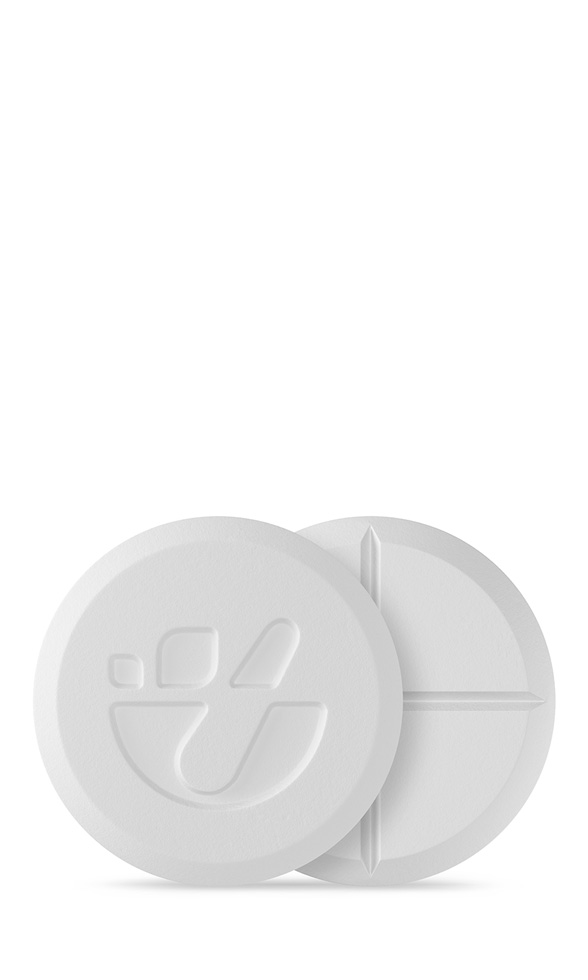
 Oxandrolone Troches
Oxandrolone Troches Oxymetholone Capsules
Oxymetholone Capsules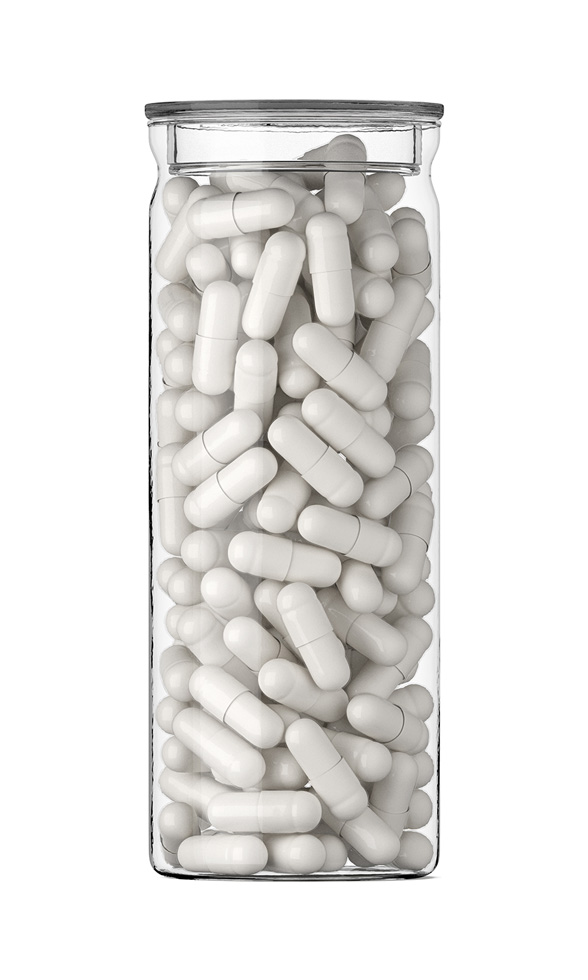 Stanozolol Capsules
Stanozolol Capsules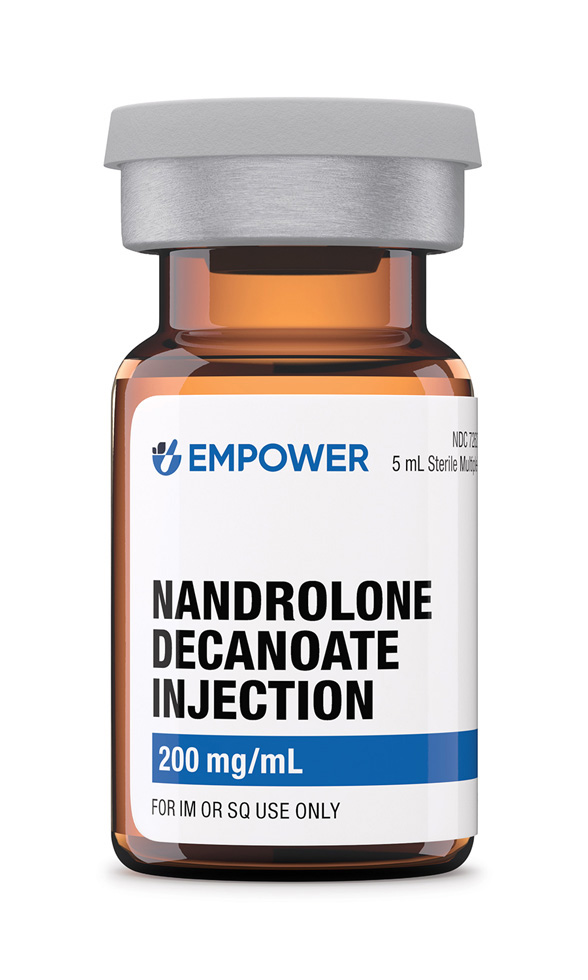 Nandrolone Decanoate Injection
Nandrolone Decanoate Injection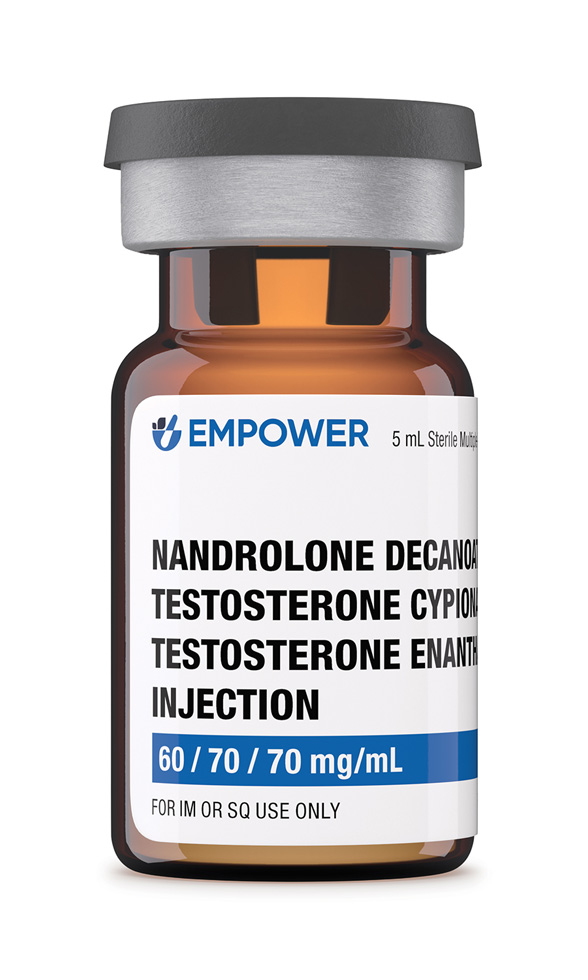 Nandrolone Decanoate / Testosterone Cypionate / Testosterone Enanthate Injection
Nandrolone Decanoate / Testosterone Cypionate / Testosterone Enanthate Injection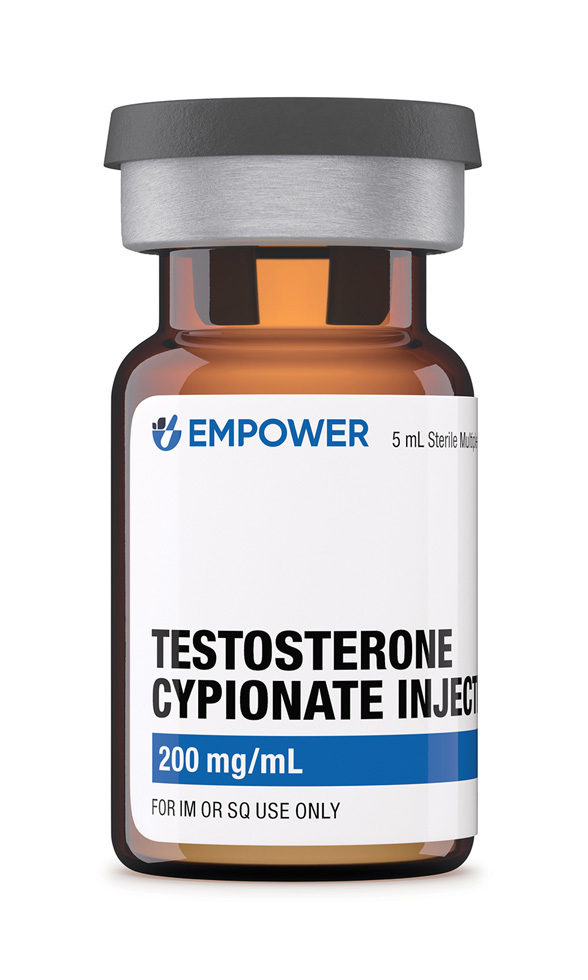 Testosterone Cypionate Injection
Testosterone Cypionate Injection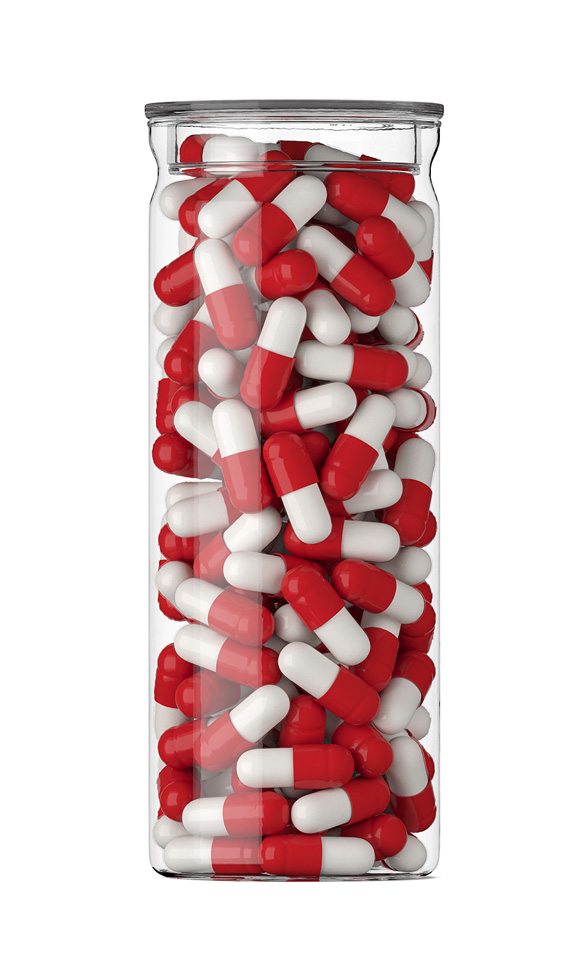 Anastrozole Capsules
Anastrozole Capsules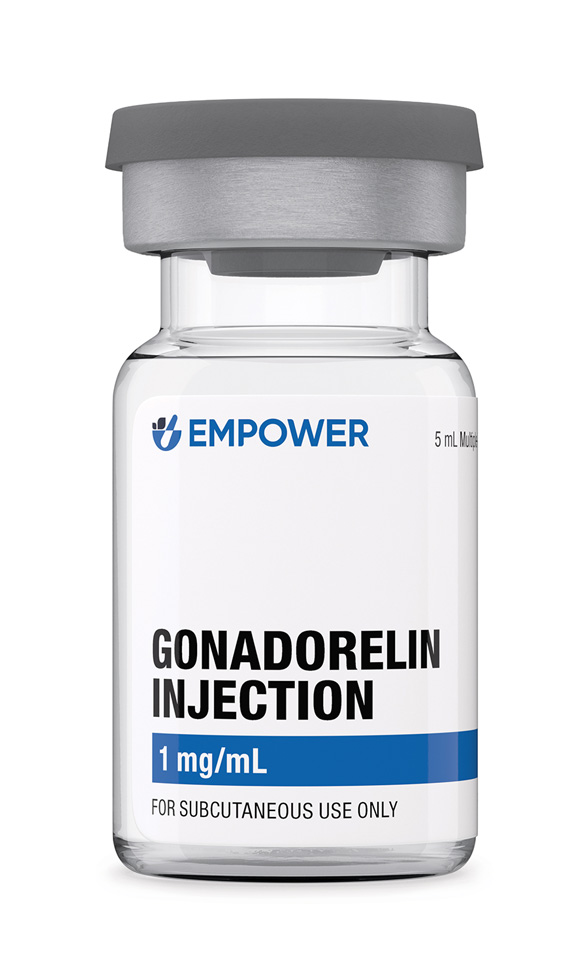 Gonadorelin Injection
Gonadorelin Injection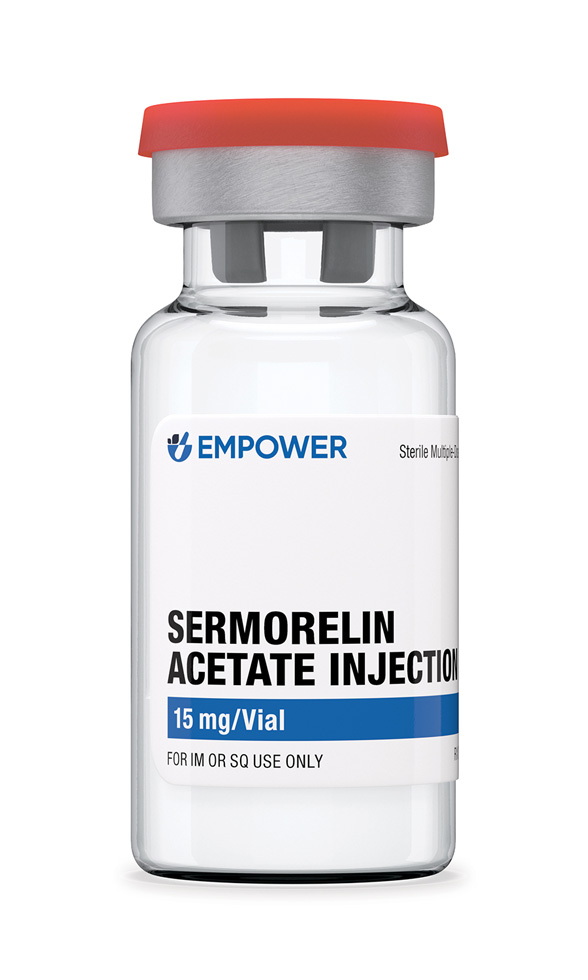 Sermorelin Acetate Injection
Sermorelin Acetate Injection